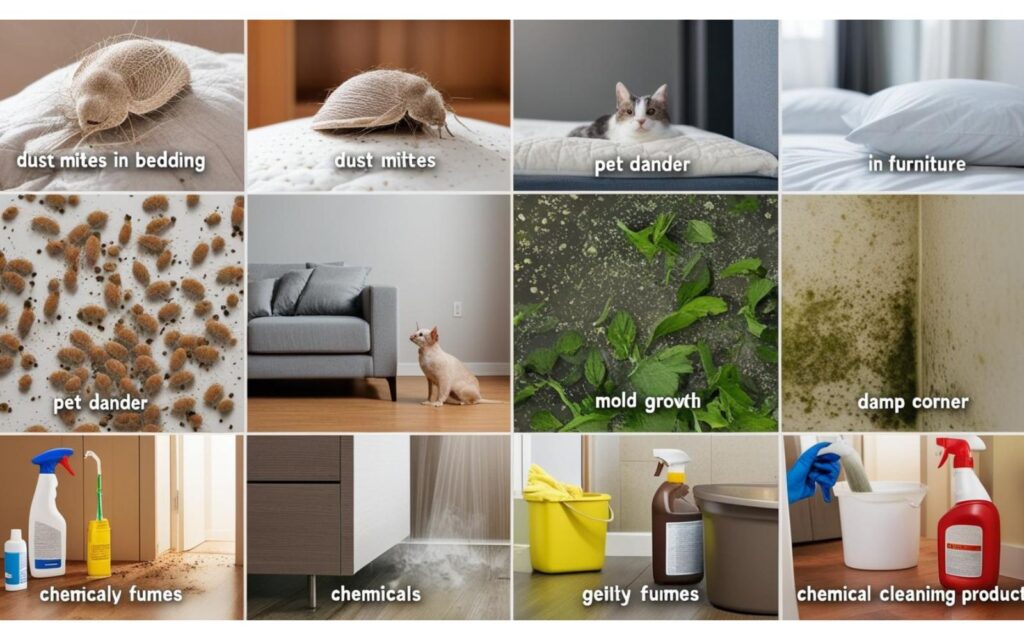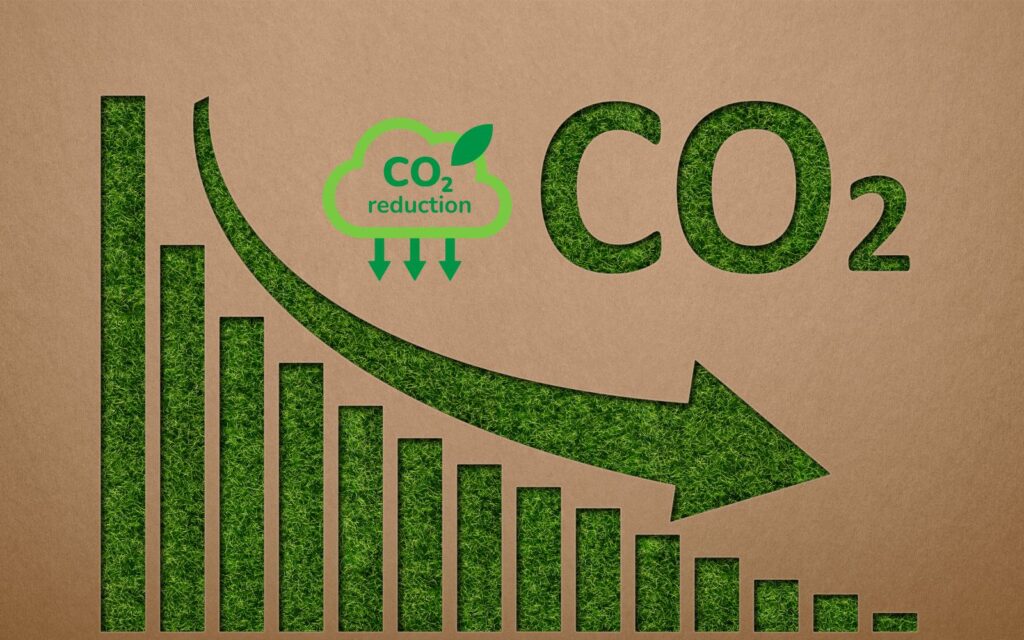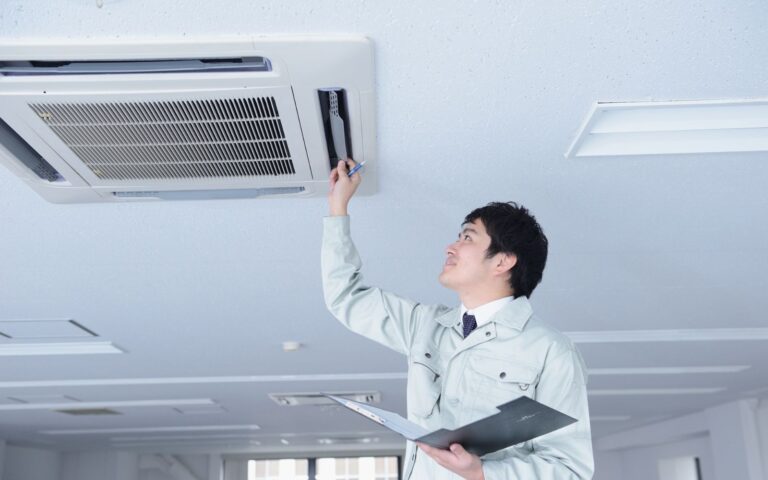Eco-Friendly Air Quality Management: A Sustainable Approach to Cleaner Air BY 8 Steps

We all know that clean air is essential for good health, but with growing concerns about air pollution in urban and rural areas, it’s time to take control.
Eco-friendly air quality management isn’t just about reducing pollutants-it’s about making sustainable choices that protect the environment and improve indoor air quality in our homes and workplaces.
In this guide, we’ll dive into how you can improve air quality in eco-conscious ways that benefit both you and the planet.
From addressing indoor air pollution to tackling outdoor air quality in cities, you’ll discover actionable steps contributing to clean air and a healthier environment.
Key Takeaways
- Eco-friendly air quality management focuses on reducing airborne pollutants without increasing greenhouse gas emissions.
- Improving indoor air quality involves sustainable steps like using natural air cleaners and energy-efficient systems.
- Reducing outdoor air pollution can be achieved through green living, adopting public transportation, planting trees, and using electric vehicles.
- Maintaining good indoor air quality requires proper ventilation, effective air filters, and the reduction of harmful chemicals in cleaning products.
1. Understand the Sources of Poor Air Quality

To reduce air pollution, you need to know where it’s coming from.
- Indoor air pollutants: Common culprits include volatile organic compounds (VOCs) from household products, carbon monoxide from gas stoves, and delicate particulate matter from wood stoves or cooking.
- Outdoor air pollutants: In urban areas, tailpipe emissions, traffic congestion, and fossil fuels contribute to poor air quality and high pollution levels.
You can develop an effective plan for managing air quality by identifying the key pollutants.
2. Improve Indoor Air Quality Naturally

Indoor air can often be more polluted than outdoor air. Here’s how to create good indoor air quality using eco-friendly methods:
a. Increase Ventilation
- Open windows for fresh air and cross-ventilation to flush out airborne toxins.
- Install HVAC systems with energy-efficient air filters to reduce delicate particulate matter while minimizing energy consumption.
b. Add Natural Air Purifiers
- Plants like peace lilies and spider plants act as natural air cleaners by absorbing carbon dioxide and VOCs.
- Avoid synthetic air fresheners that release harmful chemicals and opt for essential oil diffusers.
c. Use Non-Toxic Cleaning Products
- Switch to biodegradable cleaning products free from harsh chemicals.
- DIY eco-friendly cleaners: Mix white vinegar, water, and lemon for a powerful, non-toxic solution.
3. Reduce Energy Use in Your Home

Using energy-efficient systems helps cut down on greenhouse gas emissions.
- Upgrade to electric instead of gas stoves to reduce carbon monoxide and fossil fuel usage.
- Regularly maintain your HVAC system to ensure it runs efficiently and doesn’t waste energy.
- Replace old air conditioning units with eco-friendly air conditioners with less power and eco-friendly refrigerants.
4. Address Outdoor Air Pollution

Urban areas face some of the highest pollution levels due to traffic congestion and industrial activities. Here’s how to improve outdoor air quality sustainably:
a. Use Sustainable Transportation
- Public transportation and electric vehicles significantly reduce tailpipe emissions.
- Walking or biking for short distances reduces fuel consumption and supports public health.
b. Plant Trees and Create Green Spaces
- Planting trees in your yard or community helps absorb carbon dioxide and filter airborne pollutants like dust and particulate matter.
- Encourage city planners to add green spaces to reduce urban pollution levels.
5. Prevent Indoor and Outdoor Pollutants

a. Control Moisture and Prevent Mold
- Use dehumidifiers to maintain humidity levels between 30-50% to prevent mold, which can release airborne pollutants.
- Fix leaks and improve ventilation in bathrooms and kitchens.
b. Switch to Cleaner Heating Solutions
- Replace wood stoves with modern, environmentally friendly heating systems.
- Avoid burning yard waste, which releases harmful particles into the outdoor air.
c. Avoid Harmful Emissions in the Home
- Opt for low-VOC paints, sealants, and varnishes to reduce harmful chemical emissions indoors.
- Use natural materials, such as untreated wood furniture, to minimize off-gassing.
6. Support Policies for Better Air Quality

Improving urban air quality requires collective action. Advocate for policies that reduce harmful emissions and improve city air, such as:
- Promoting public transportation systems to lower traffic-related air pollutants.
- Supporting incentives for electric vehicles and renewable energy initiatives.
- Encouraging local governments to monitor outdoor air quality and reduce industrial emissions.
7. Reduce Household Emissions for Better Health

Certain everyday activities can release harmful pollutants:
- Avoid idling your car, as tailpipe emissions contribute to poor outdoor air and increase fuel waste.
- Maintain good gas mileage with regular car tune-ups to reduce fuel consumption.
- Use energy-efficient appliances that help you save money and reduce carbon dioxide emissions.
Summary
Eco-friendly air quality management helps create cleaner, healthier spaces while protecting the environment.
By making sustainable choices such as using energy-efficient appliances, switching to non-toxic cleaning products, and planting trees, you can improve indoor air quality and reduce your contribution to outdoor air pollution.
Whether you live in a city or rural area, simple habits like using public transportation, upgrading your home air filter, and opting for renewable energy sources can make a significant difference.
Together, these efforts help lower greenhouse gas emissions and support public health for future generations.
Frequently Asked Questions
How Can I Improve Indoor Air Quality Naturally?
To improve indoor air quality, open windows for ventilation, use air-cleaning plants, and switch to natural cleaning products to avoid VOCs.
What Are Common Sources of Indoor Air Pollution?
Common sources include VOCs from paint, gas stoves, dust, mold, pet dander, and fumes from cleaning products.
How Do Electric Stoves Help Reduce Air Pollution?
Electric stoves don’t produce carbon monoxide or burn fossil fuels, unlike gas stoves, making them a cleaner option for indoor cooking.
How Can Cities Reduce Outdoor Air Pollution?
Cities can improve outdoor air quality by expanding public transportation, planting more green spaces, and encouraging electric vehicles to cut down tailpipe emissions.
Why Is Good Air Quality Important for Human Health?
Good air quality reduces the risk of respiratory diseases, improves overall well-being, and minimizes exposure to harmful emissions like carbon monoxide and fine particulate matter.





